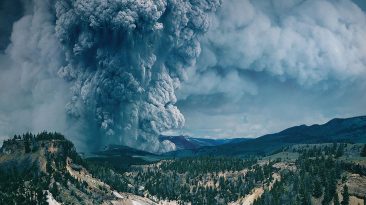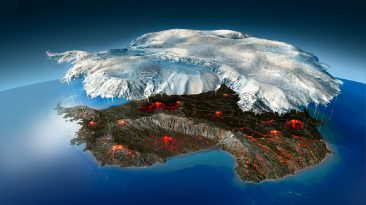Imagine the Sun releasing a burst of energy so powerful it could knock out power grids, stop airplanes mid flight, and push our world back into the dark ages. This is not science fiction. It is the very real danger of a solar storm, and scientists believe we could face one as early as this year.
The results would be swift and devastating, affecting everything from communication networks to daily transportation. Entire cities could go dark in seconds, and the recovery could take months or even years.
Here are six things that could happen if a massive solar storm struck Earth.
1. A Sudden Disruption of Communication and Power
A solar storm begins when magnetic activity on the Sun creates sunspots, areas of intense magnetic field activity. These tangled fields can suddenly snap and release enormous amounts of energy in the form of solar flares. If one is aimed at Earth, it can arrive in minutes.
At first, you might notice beautiful auroras in places where they are never seen. But what follows is far more serious. Radio signals would drop, satellites would fail, and cell phone networks could vanish. Global positioning systems and internet services might become useless. Even power grids could be knocked out, plunging entire regions into darkness.
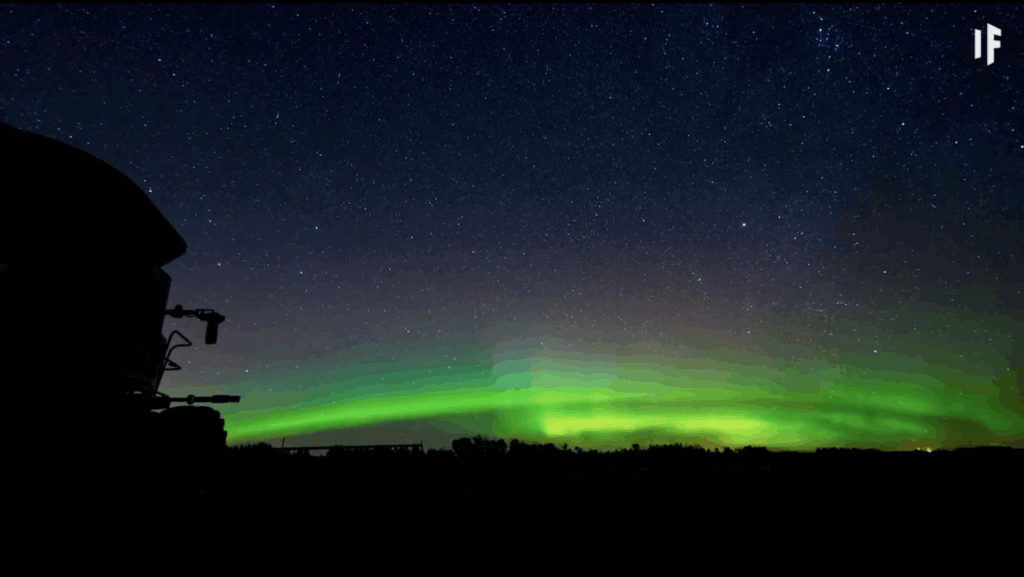
2. Astronauts in Space Would Face Life Threatening Radiation
Solar storms do not just affect us on the ground. Astronauts aboard the International Space Station or other missions would be exposed to high levels of radiation. If they are not safely shielded, they could suffer from radiation sickness or develop serious long term health problems.
A powerful solar storm could also cut off communication between them and Earth, putting their missions at extreme risk. Navigation systems could fail, life support systems might be disrupted, and astronauts could be left in total isolation during one of the most dangerous moments of their journey.
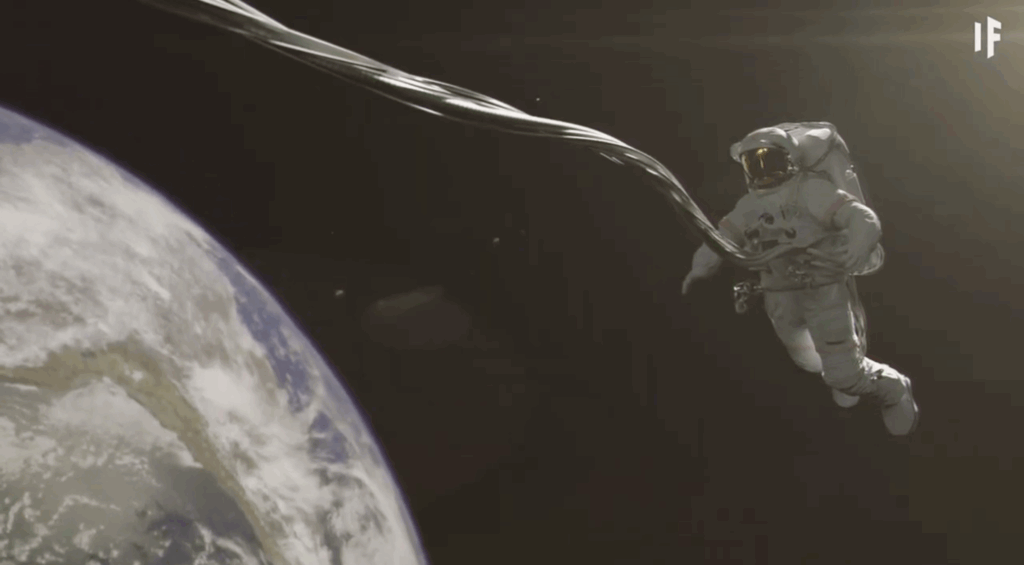
3. A Coronal Mass Ejection Could Destroy Power Infrastructure
Several days after the first wave of a solar storm, a massive wave of energy known as a coronal mass ejection might follow. This explosion of plasma and electromagnetic force could unleash a geomagnetic storm strong enough to destroy electric transformers and cause a complete failure of the power grid.
Unlike a brief blackout, this damage would take weeks or even months to repair. Critical systems like water treatment plants, air traffic control, and hospitals would go offline. Everyday actions like using a credit card or calling a loved one would become impossible.
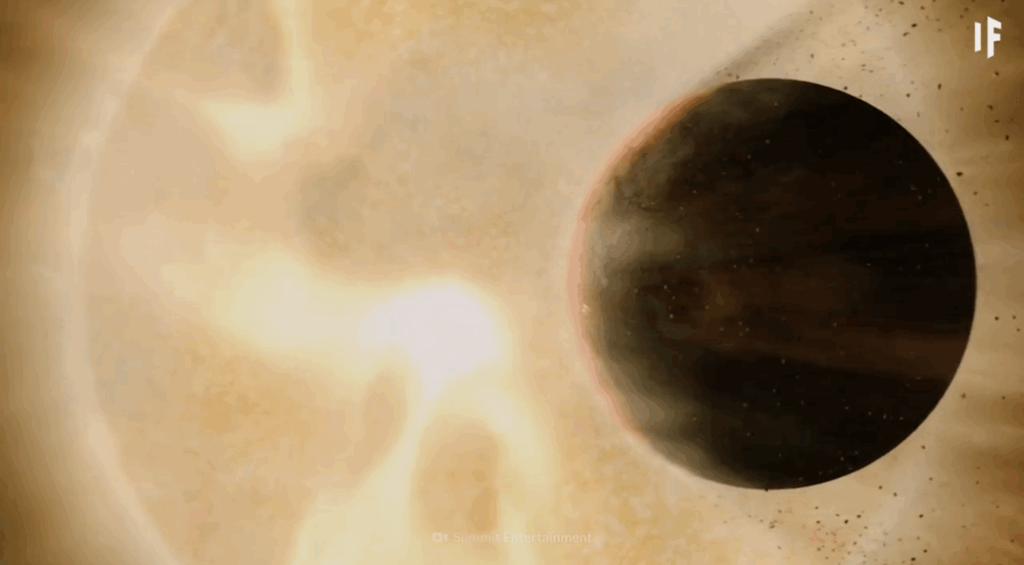
4. Transportation Systems Could Collapse Worldwide
With satellites offline and communication networks down, navigation would be crippled. Airplanes might lose connection with ground control. Subways and electric trains could suddenly stop working. In extreme cases, this could lead to crashes and chaos across transportation networks. Millions of people could find themselves stranded or unable to reach safety.
Traffic lights would fail, emergency response systems could be delayed, and GPS-based services like ride-sharing or delivery apps would become useless. The sudden breakdown of transportation infrastructure could paralyze cities and spark widespread panic.
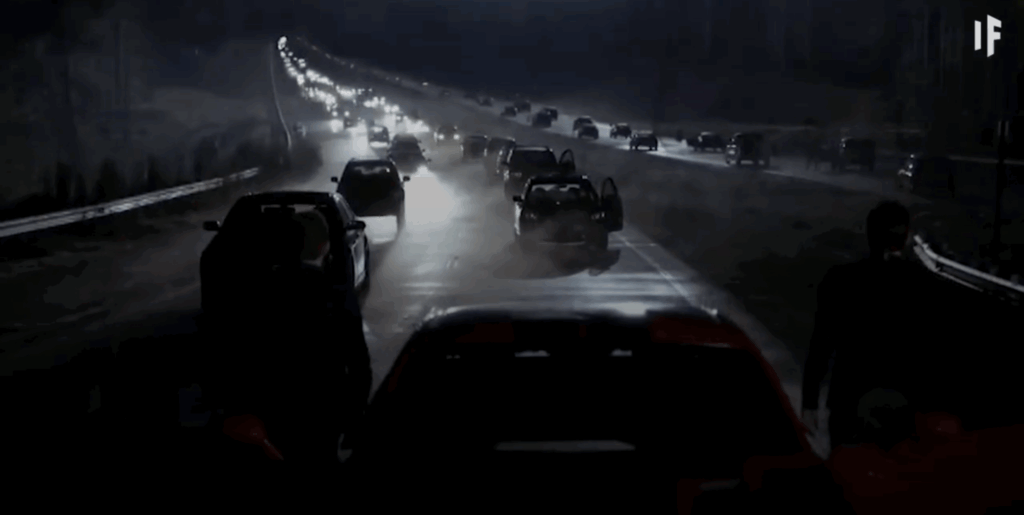
5. Earth Would Enter a Long and Difficult Recovery
Even after the solar storm ends, the damage would remain. Rebuilding power lines, replacing destroyed equipment, and restoring global communication could take months. During this time, supply chains would be broken, and global trade could halt. Entire countries might struggle to distribute food, medicine, and fuel.
The longer the recovery takes, the more severe the consequences. Social unrest could rise, and governments would be forced to manage not just the physical recovery, but a humanitarian crisis as well.

6. Humans Would Adapt and Prepare for the Next One
Despite the disaster, humanity would recover. Emergency teams would rebuild, and new systems would be developed to prevent the same level of destruction from happening again. Engineers would design power grids with better protection, and new space based observatories would give earlier warnings for future solar flares.
Individuals could take simple steps too. Keeping emergency kits with non perishable food, water, first aid supplies, and backup power sources like generators or solar panels could make a huge difference. Protecting electronics with surge protectors and unplugging them during a storm could also help limit damage.





















